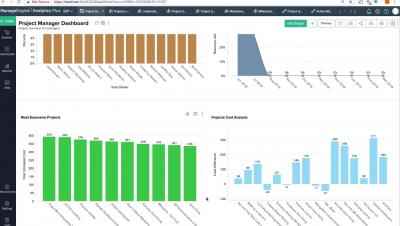Monitor Amazon MQ metrics with Datadog
Amazon MQ is a cloud-based, AWS-managed service for the popular Apache ActiveMQ message broker. It offers many advantages of being part of the AWS ecosystem as AWS automatically provisions and maintains infrastructure components from services including EC2 and EBS.











